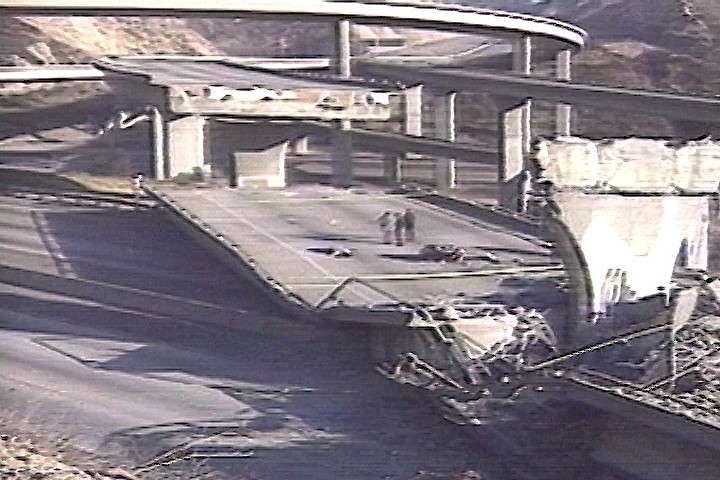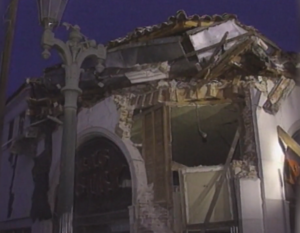The California Governor’s Office of Emergency Services (Cal OES) marks thirty years since the 1994 Northridge Earthquake spurred the next generation of public support, outreach and earthquake resiliency programs throughout the state. Cal OES honors those who were impacted by the event and reiterates California’s commitment to communities across the state. The earthquake also stands as a turning point for local, state and emergency management leaders on subsequent public safety, emergency response and recovery tactics and initiatives.

At 4:31 a.m. on January 17, 1994, a magnitude 6.7 earthquake occurred in the San Fernando Valley, approximately twenty miles northwest of downtown Los Angeles. The main quake, dubbed “Northridge,” was followed by thousands of aftershocks, including two measuring at least 6.0 magnitude.
Cal OES immediately mobilized, deploying California’s newly formed and highly acclaimed Urban Search and Rescue teams, who are experienced in going into rubble and rescuing survivors. Former Governor Pete Wilson quickly declared a state of emergency and requested federal assistance from President Bill Clinton. In less than 24 hours, the President declared a federal disaster, bolstering Cal OES’ efforts to coordinate state, local and federal partners and initiating the long road to recovery for affected communities. The quick actions of first responders, emergency managers and state leaders allowed thousands of impacted Californians to receive much needed support during one of the most impactful disasters in state history.
“No state is immune to natural disasters and the damage they can cause to individuals, families and critical infrastructure,” said Governor Gavin Newsom. “Our steadfast commitment to Californians is to be the best in the country when it comes to preparation, response and recovery to these events.”
After more than two decades, with state and federal assistance funds totaling more than $4 billion, Cal OES closed out the final projects associated with the Northridge recovery efforts in 2017. These funds assisted individuals and multiple counties, helping to rebuild and improve infrastructure and seismically resist future events.

“California has long led the nation in innovative disaster preparedness efforts. The 1994 Northridge Earthquake served as a lesson for local, state and federal emergency managers, as we continue to improve advancements in policy, technology and public outreach,” said Cal OES Director Nancy Ward.
The Northridge Earthquake highlighted the importance of preparedness, coordination and resilience in the face of natural disasters. Cal OES, in conjunction with leaders across the state, has invested in efforts to improve policy and practice, ensuring that communities in earthquake-prone areas are better prepared for, can respond to and recover from significant seismic events.
Cal OES Initiatives
Governor Gavin Newsom announced the launch of the nation’s first statewide Earthquake Early Warning System in 2019. The system uses ground motion sensors positioned across the state to detect seismic activity before humans can feel it. The system also connects smartphone application technology with traditional alert and warning delivery methods such as Wireless Emergency Alerts (WEA) to give Californians across the state life-saving seconds to drop, cover and hold on. It also affords public agencies the opportunity to protect residents and potentially mitigate damage by, for example, slowing down public transit systems or temporarily shutting off utilities in anticipation of a significant event.
Simultaneously, through Cal OES, the Governor formed the Earthquake Warning California Program. The program uses earthquake preparedness technology, resources and education to inform and prepare California communities statewide.
Overall, the Northridge Earthquake is a landmark event in California history, with lessons learned that forever transformed the state’s emergency management landscape. Cal OES continues to encourage all to be disaster-ready by preparing a stay-at-home emergency kit or a go-bag in the event of an evacuation, creating emergency plans with loved ones and neighbors, signing up for local alerts and turning on notifications for state-issued wireless emergency alerts.

